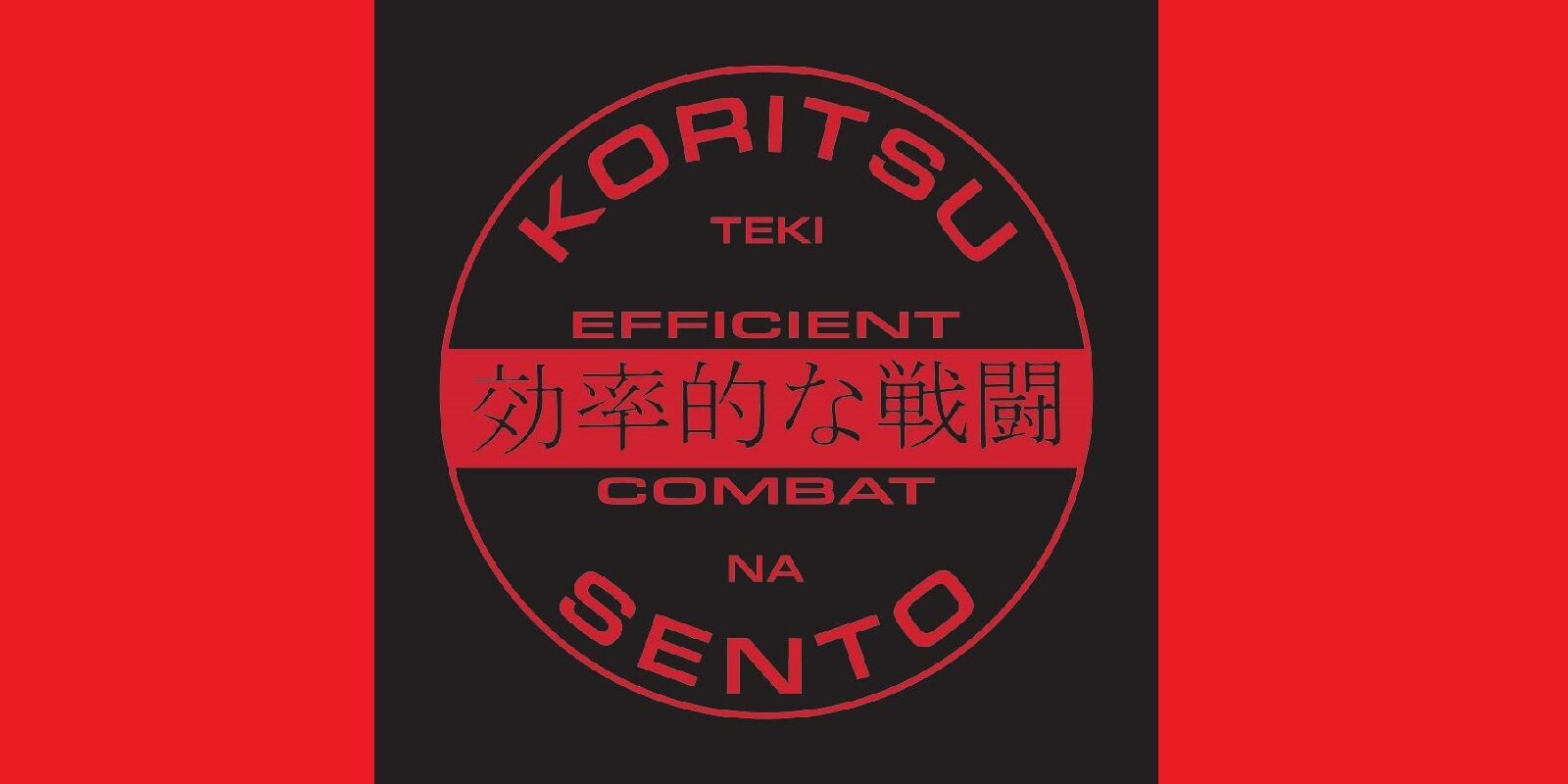June 10 | 2022

You don’t have to spend much time on social media before you stumble across videos of people performing martial arts techniques, specifically their interpretations of kenpo. The demos are frequently done with poor form and lacking intent, and sometimes they are completely unrecognizable.
When these exhibitions pop up online, it doesn’t take long for the negative comments to roll in. At times, the quips are warranted. Other times, not so much. For today’s purposes, let’s focus on properly executed kenpo techniques with solid stances, power, focused intention and superb control.
The first and most common judgment posted in the comment section is, “It would never happen that way.” In fairness to the trolls, they are speaking the truth. For the techniques to work as written, everything from strike impact to reaction to terrain would have to play out perfectly. There is no way all the variables will transpire in real life as practiced in the dojo using techniques that are longer than just a few actions. So why do we even bother practicing techniques?
Techniques are tools to teach movement and not necessarily a ready-made prescription to handle every threat. For example, the kenpo technique known as “five swords” is not guaranteed to work against a big righthand haymaker. It does, however, show us how to move in and stifle an attack. It teaches taking the foundation away from an adversary with a leg check. It opens our eyes to the principle of rebounding as a means of creating of velocity and power in our strikes.
Five swords also shares insight into creating force through simple footwork and stance changes. These mini-lessons are packed into this kenpo technique. In fact, similar lessons are hidden in each of the 154 techniques and their extensions. It’s up to us as martial artists to uncover the lessons and assimilate them into our understanding of movement.
So how do we find these lessons and make them part of us? This is where the three phases of training in kenpo come into play.
Phase 1
This is known as the “ideal phase.” During ideal-phase technique training, we move with intent while working to perfect our stances and movements. We focus on this because our actions will degrade from the ideal when we’re pressured in a real-life situation. If we practice sloppily in the ideal phase, what happens in real life will be even worse and likely ineffective. And that’s, well, not ideal.
Phase 2
Next, we step into the “what-if” phase. It is here that we literally ask ourselves, “What if?” to prepare for the unexpected. If the attacker responds with something other than a typical ideal-phase reaction, what do we do? This is where our imagination and problem-solving skills are tested at “thinking speed.”
I refer to this as thinking speed because we take the time to literally think our way and problem-solve as we work through possible solutions to an attacker’s reactions. During the what-if phase, we continue to train our subconscious to deal with anything that may come at us in real life by formulating responses intellectually.
Phase 3
The final phase is the “formulation phase.” In it, we generate physical responses to non-predetermined actions. If we wish, we can practice these responses at different speeds — although it’s a good idea to practice a good percentage of the time at close to real-life speed.
This is where we start to see which pieces of our kenpo training have taken hold and are readily available for our bodies to call on when needed. When our bodies produce an effective spontaneous reaction to any attack that comes at us in the formulation phase, we are truly enjoying the fruits of our labor in the ideal phase and the what-if phase.
Final Thought
The more effort we put into practicing our ideal-phase techniques with power and precision and the more intelligently we work through questions in the what-if phase, the greater the chance that when we’re forced into the formulation phase in real life, our bodies will respond in an effective manner.
Ian Lauer
2nd Degree Black Belt American Kenpo
1st Degree Black Belt Tae Kwon Do
1st Degree Black Belt Coszacks Karate
